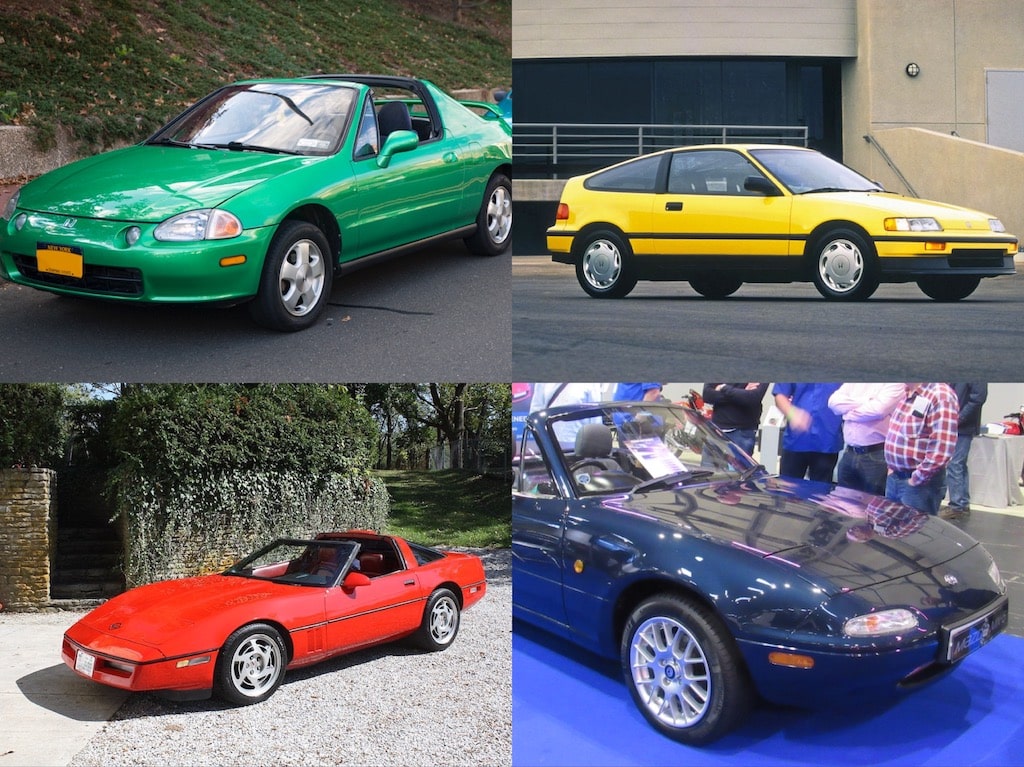Financial Independence is a worthy goal. However, with the way America is built, odds are, you need a car to get around (more on that here). Buying a car is already expensive enough, but factor in the price bubble for used and new cars, it has become insane. And even worse, it is showing no sign of going anywhere. Sports cars are no exception to this, as prices for sporty cars like a used Ford Fiesta ST are near what they were when new! And this is for a car that is 5-7 years old and likely has over 50k miles! Does that make it impossible for someone who is financially smart to find cheap sports cars? Not at all, as despite these absolutely nutty used car prices, there are still options for the financially smart person to have performance, driving fun, and at the end of the day, aren’t financially illogical.
Table of Contents
Best dedicated sports car: 1989-present Mazda MX-5 Miata
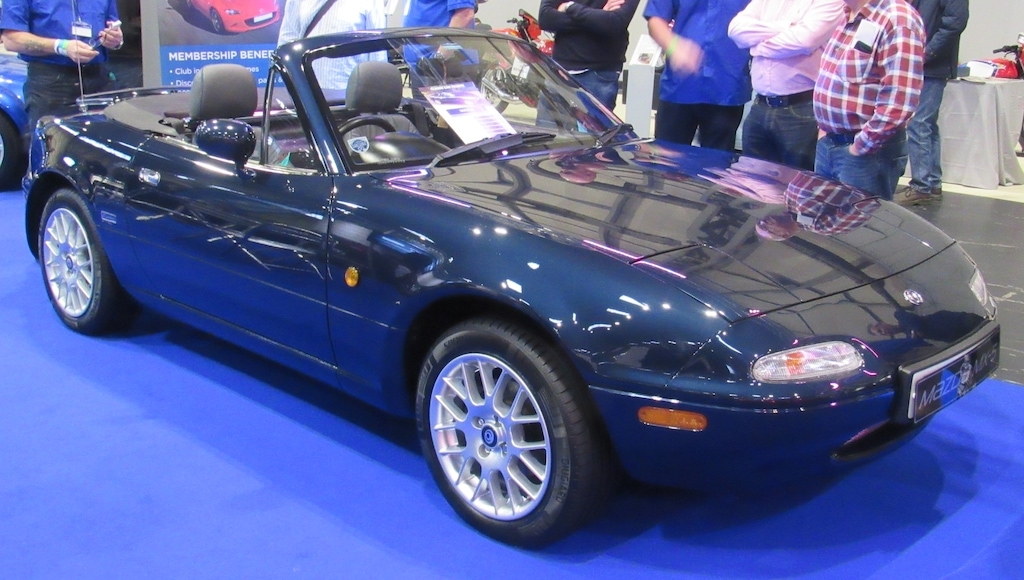
If you are new to the sports car market, and you want something that is both reliable and well suited for the job, then the car you want is the Mazda MX-5.
Within the car community, there is a saying that goes: “The answer is always Miata (former name for the MX-5 in America)” and there is a good reason for that saying. For one, these cars are quite affordable. How affordable? Well, about $10k will get you a good condition, unmodified, low mileage model made between 1989 and 2005.
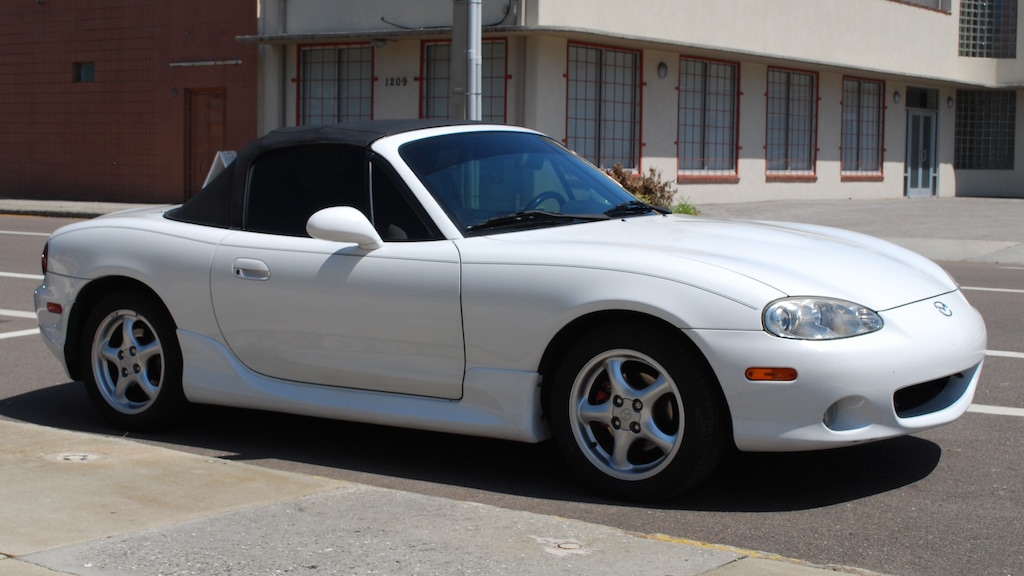
Don’t let the fact that the oldest of these cars are age scare you off though. All generations of miata represent the best driver’s cars short of a Lotus that you can get, and the internals of all of these cars are very reliable, as Mazda focused all their efforts on producing a great rear-wheel drive chassis that is excellent to drive on twisty back roads, all while using an engine taken straight from their economy car offering.
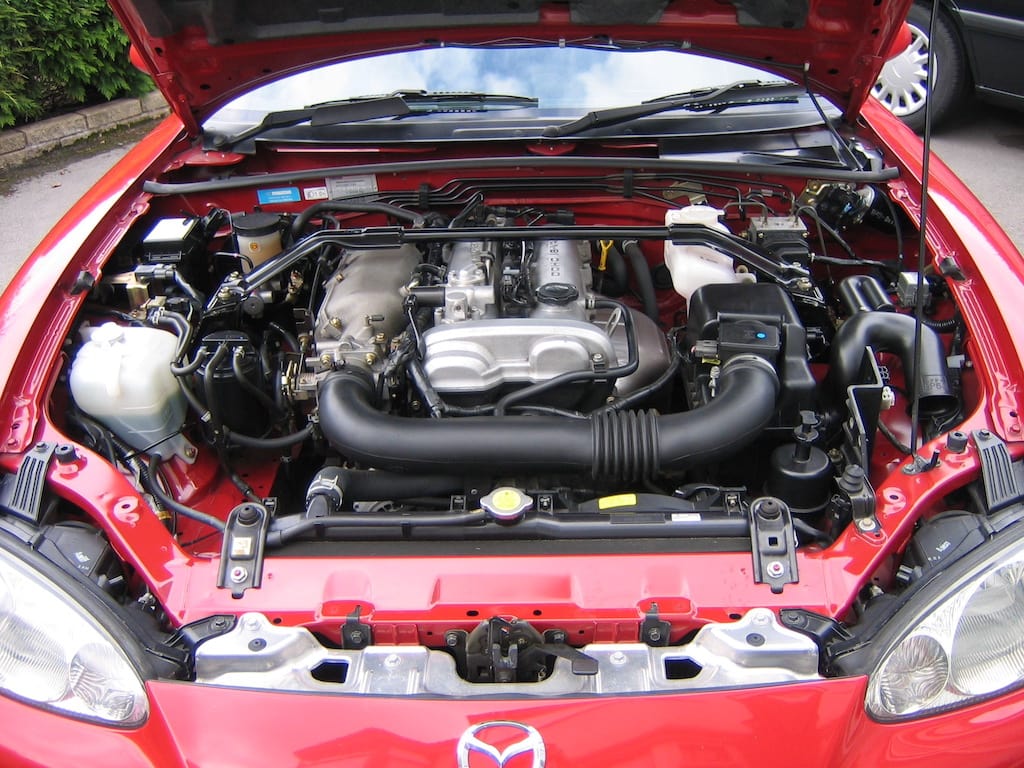
What does having an economy car engine mean? This also means economy car maintenance costs, fuel economy (low-mid 30s overall MPG), and reliability, so keeping one on the road is not a big deal in the slightest. The combination of economy car simplicity and a great chassis makes this the default choice for any driver seeking to learn about driving dynamics in a way that places emphasis on fun that won’t ruin anyone else’s day. Contrast that with many other sports cars on the market, which if you get one thing wrong, it will try to kill you (I’m looking at you, Dodge Viper!)
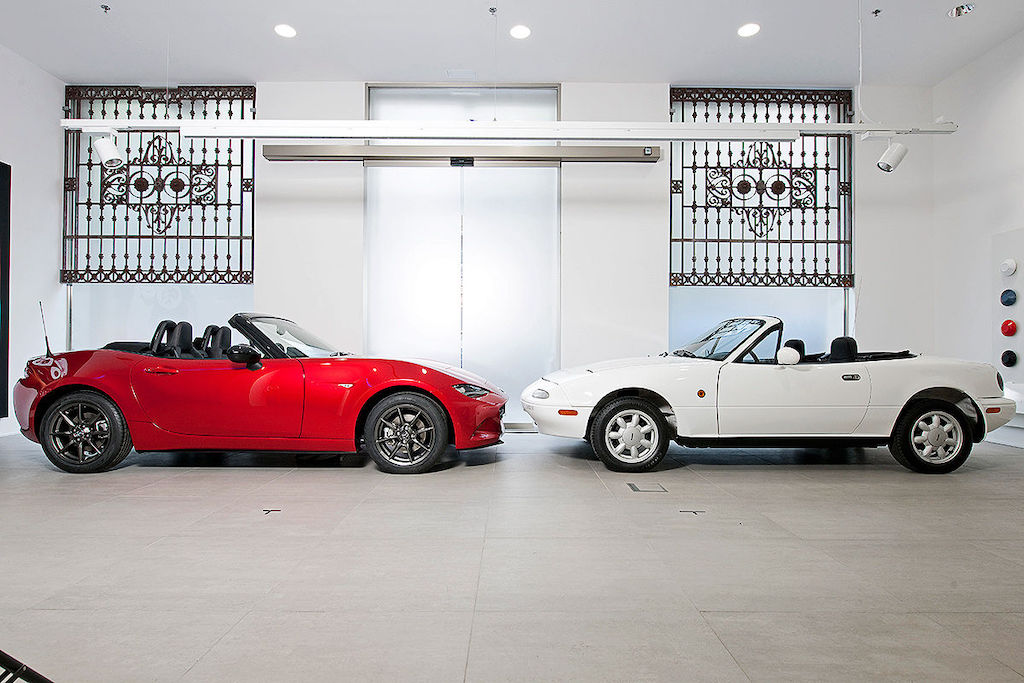
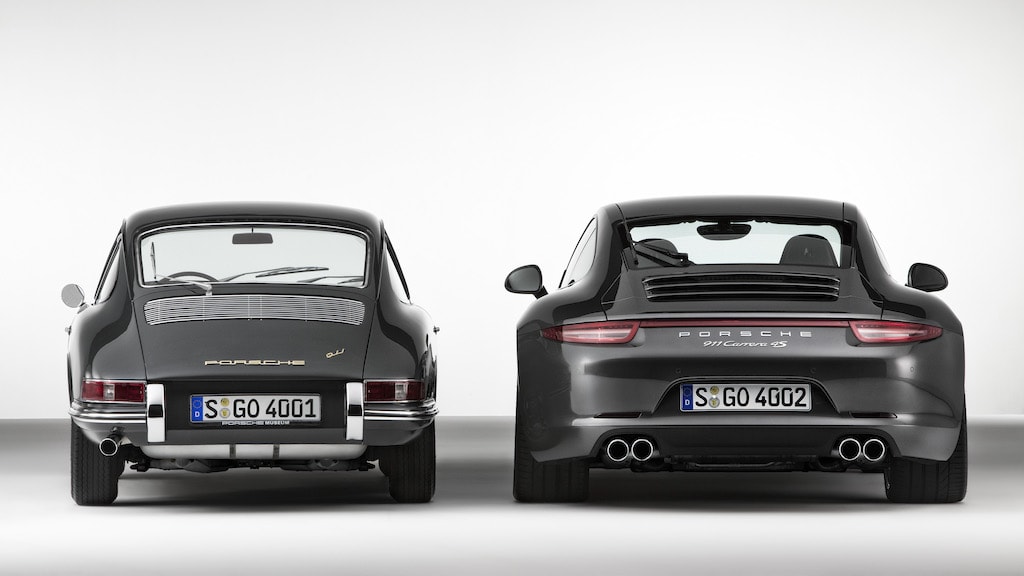
And if you have a bit more money to spend and want something new, then $30k gets you a brand new MX-5, which is one of the best sports cars currently sold new. How so? Well, Mazda was at one point like every other automaker, and each successive generation of car was putting on weight compared to its predecessor and growing in size. However, Mazda sought to avoid this with the current, ND generation MX-5, and the results were impressive. Compared to the first generation Mazda MX-5 introduced in 1989, the 2022 model year car is actually a little bit smaller! In contrast, Mustangs, Corvettes, Porsche 911s have all become HUGE compared to their counterparts from 30 years ago.
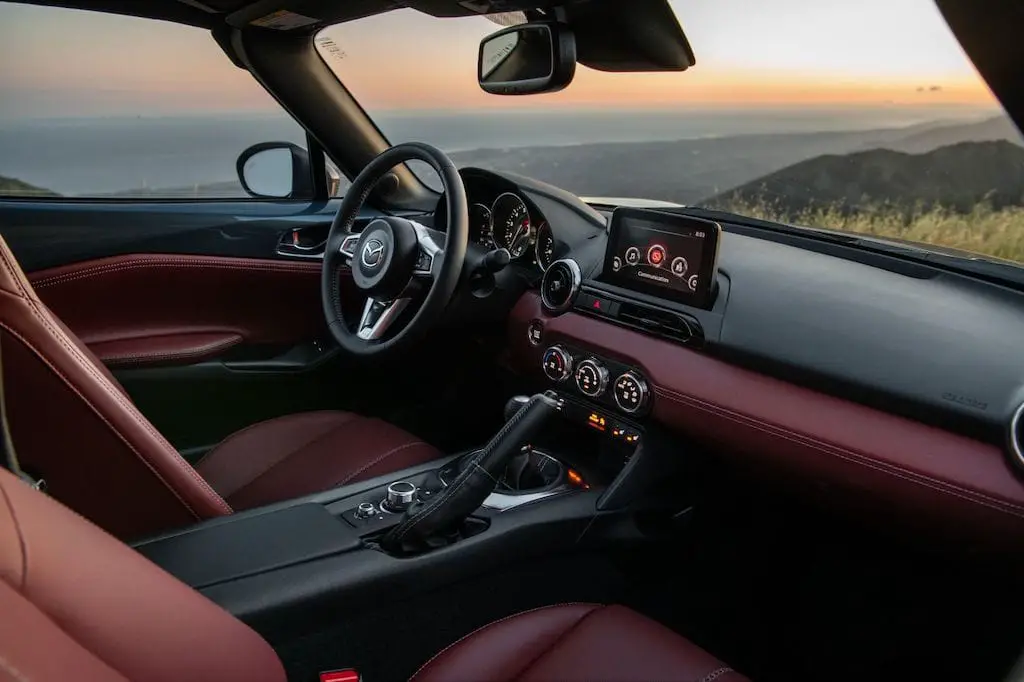
The MX-5 isn’t perfect though. This is a two-seater only, so if you are married and have children, this may not be the car for you. Secondly, since Miatas have an economy car engine and fuel economy, they also have economy car straight line performance, which is another way of saying there isn’t much, though that isn’t the point of a car like this. Nonetheless, with a huge aftermarket for Miatas, there are plenty of ways to make your miata faster.
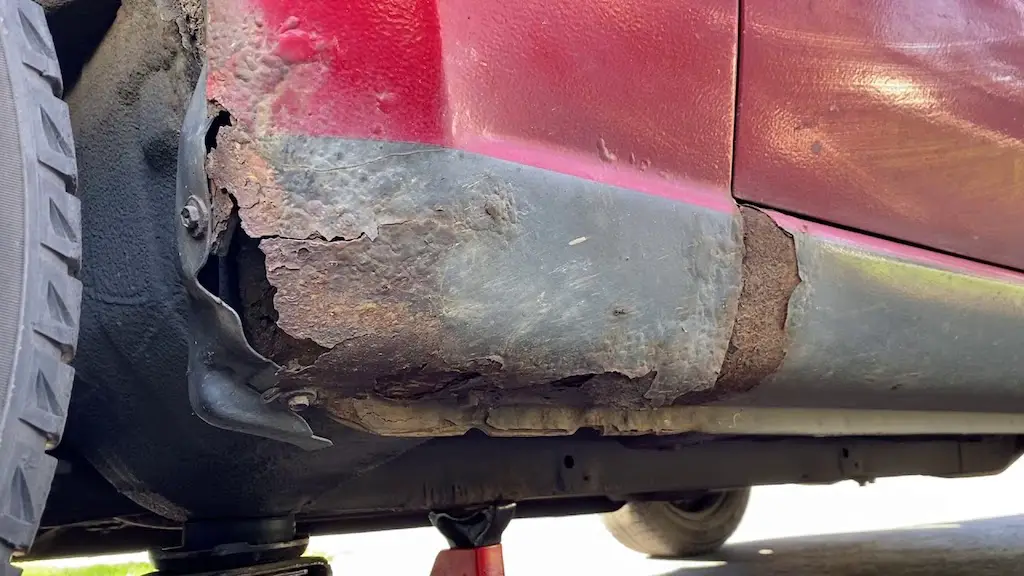
Lastly, when buying a used example, these are older Japanese cars, so do look for rust, especially if the car lived in the Northern half of the U.S. Also, since these cars are thrashed and beaten on a lot, be sure to have a mechanic you trust do an inspection of the car before buying.
Overall though, whether you have $10k or $30k, a Mazda MX-5 Miata of any generation is a fantastic option for a driver’s car. And as a car that embodies the philosophy of “it’s better to drive a slow car fast than to drive a fast car slowly,” the MX-5 reigns supreme, and truly is, in my view, the king of sports car fun.
Best Sporty and reliable all-rounder: 1987-2000 Honda Civic/1989-2001 Acura Integra
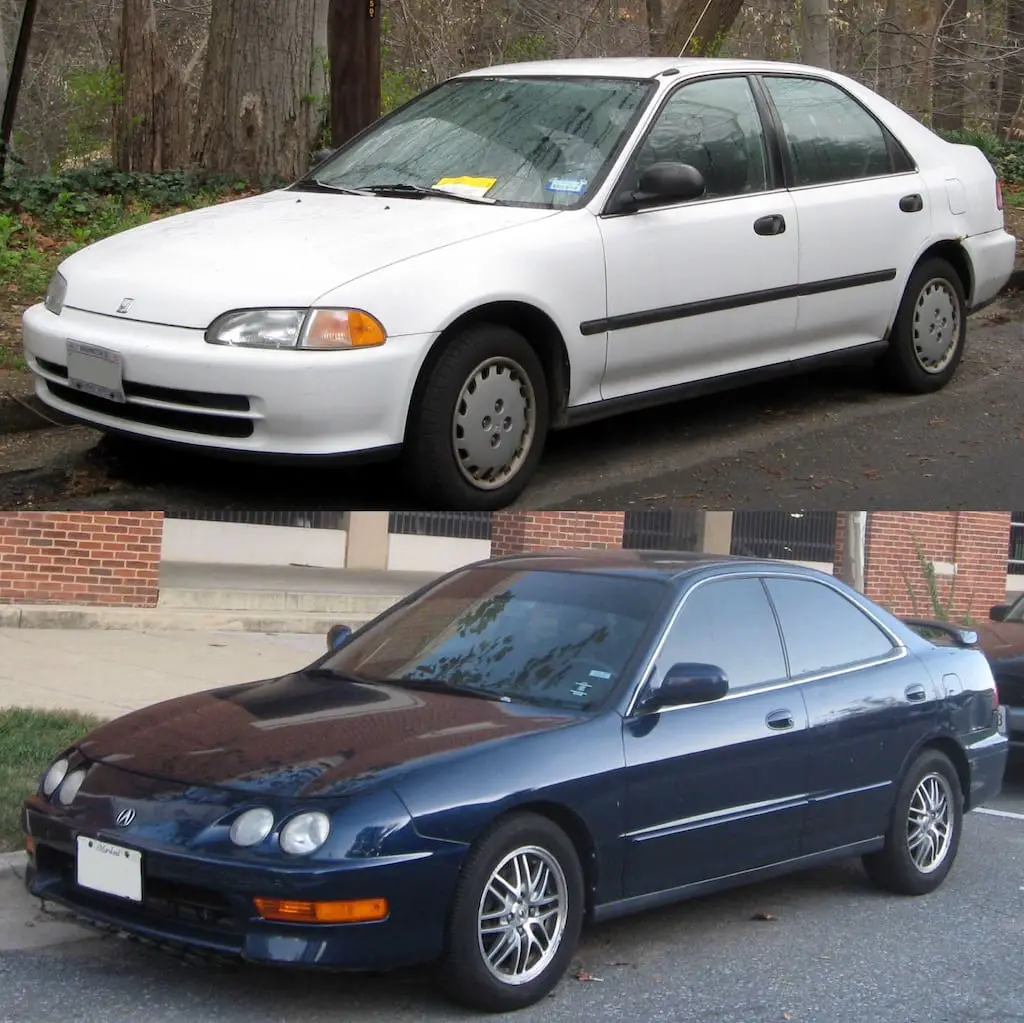
What if you want a a fun car, but you can only afford 1 car. What if you need it to be both practical and fuel efficient? What if you need something with more than two seats, and four doors? What you need then, is a 1989-2000 Honda Civic or 1989-2001 Acura Integra.
Why two cars instead of one? Well, despite the different names, underneath, they are pretty much the same car. However, for the sake of simplicity in explaining in this article, I will refer to all as “Civic” moving forward.
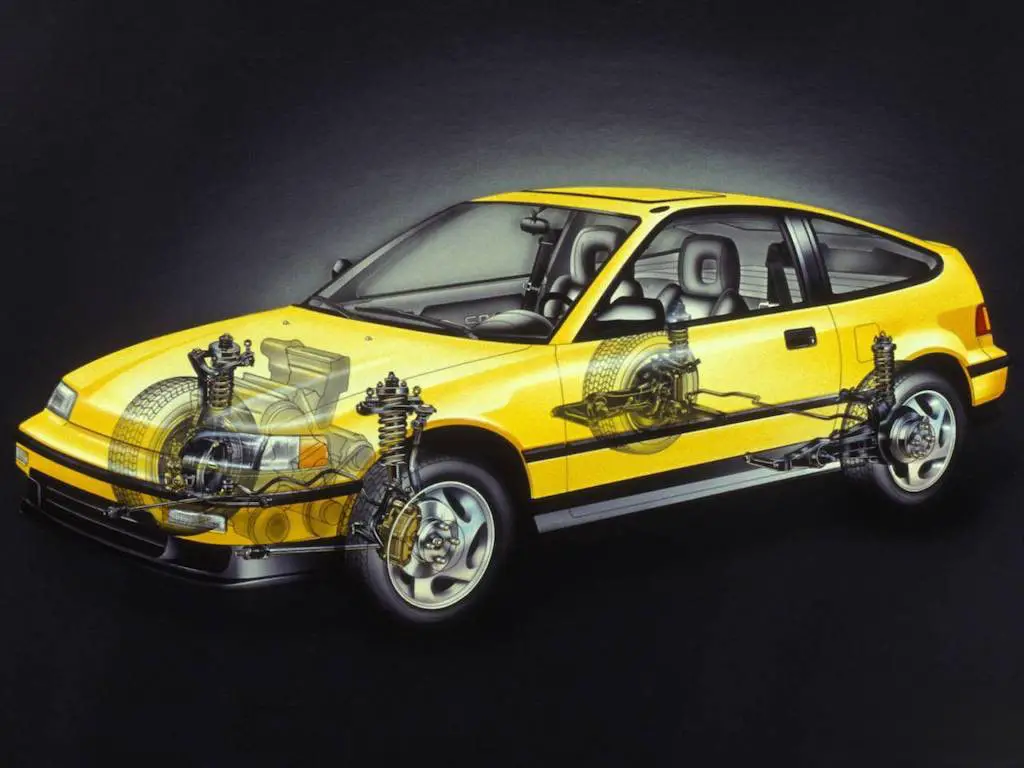
So, why a Honda Civic? Why these specific years? Well, starting in 1987, the Honda Civic was updated on a new architecture that offered something very impressive for an economy car: a double wishbone front suspension and a fully independent rear suspension. For reference, this is the preferred suspension choice for racing vehicles. And by putting this setup in the Civic, Honda created a platform that is widely regarded as the best handling front-wheel drive platform of all time.

And what was this platform in? Why, Honda’s economy car of course! And for a high volume manufacturer like Honda, this means that between 1987 and 2001, millions of vehicles were produced on this platform, making prices on the used market quite affordable. And while the factory engine in the U.S. was an economical engine meant for high fuel economy, the excellent handling and affordable prices made these cars become popular in racing, and competitive with the aforementioned Miata during the 1990s.
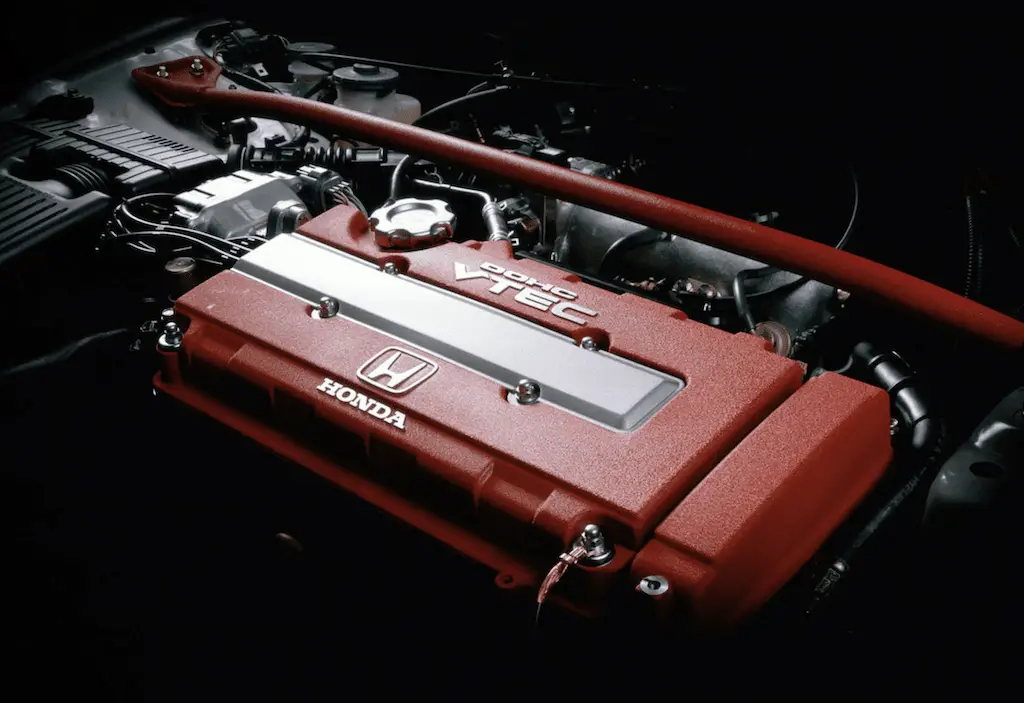
Conveniently, around this time, the engines that were on offer in Japan for this same platform were high-revving motors that produced nearly double the power of what was on offer in the U.S. spec cars, and like in the U.S, these were high-volume cars in Japan. Combined with the Japanese government’s policies that encouraged people to sell cars after only a few years of use, and swapping in these Japanese-market engines into American-market cars became very popular. And all this helped create not only one of the biggest vehicle modification markets since the Ford Mustang, but also the growing popularity of the import tuner scene and the acceptance of Japanese cars by younger American buyers.

However, 1987-2000 Civics aren’t perfect. Like any older Japanese car, check for rust, especially if they have spent time in the northern half of the U.S. Don’t necessarily be scared off by modified and engine swapped cars, but be sure to have a mechanic you trust give it a look over and make sure the modifications were done correctly, as sorting out someone else’s modified car can be a real pain (something I can attest to personally!) In addition, the large aftermarket, high tuning potential, and the lack of any anti-theft technology on these cars means that they are stupid easy for thieves to steal.
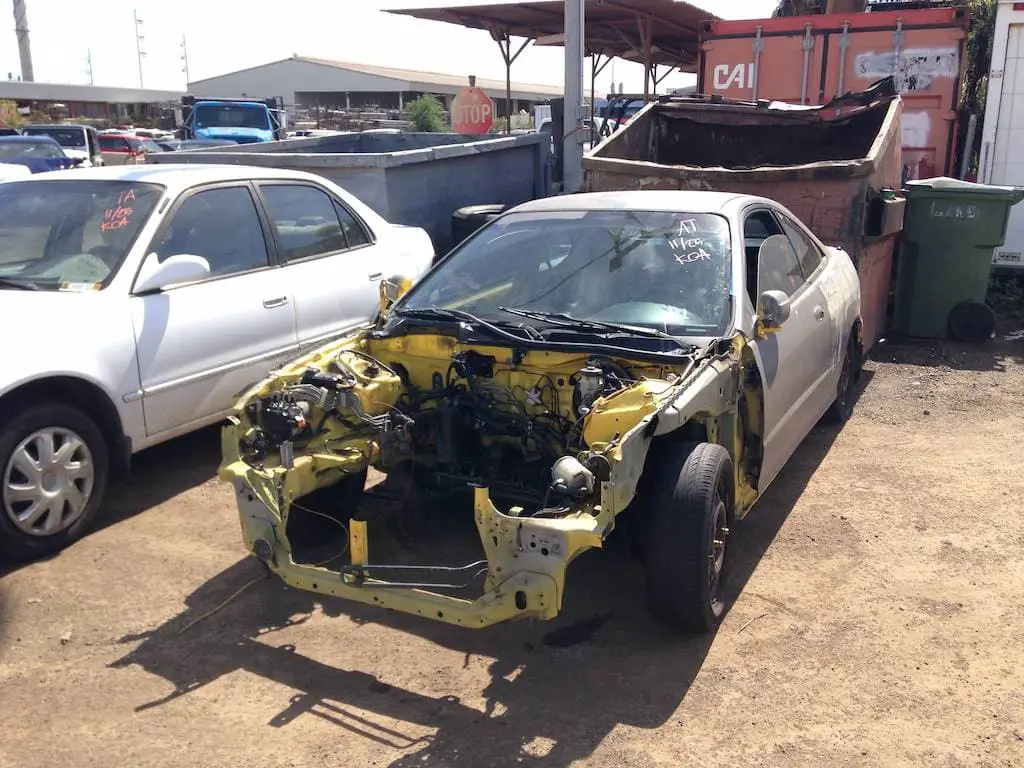
In fact, even as recently as 2014, Acura Integras was the 6th most stolen car in the U.S, and that was over 10 years after they ended production! Luckily, nowadays, thieves target newer, full sized trucks and high-dollar luxury vehicles instead by taking advantage of lax security measures on the keyless remote fobs; preferring not to get their hands dirty pick the lock, and instead, using readily computer diagnostic tools to create a duplicate key fob while across the street and just unlock your car and drive away, but that’s another problem.
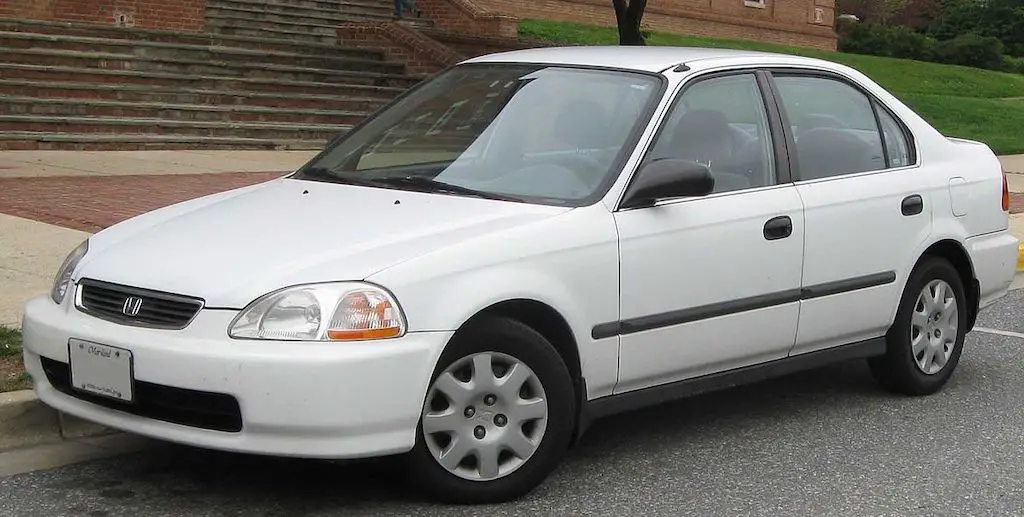
Luckily, the good news for you is that all the good things still hold true with these cars on the used market today! Finding any part for a Honda of this generation, even over 25 years on, is still stupid easy and inexpensive. Prices also remain affordable for these cars (with the exception of top-spec Integra Type R models), and great cars can be found for $5-$10k.
Overall, a 1987-2000 Honda Civic or 1989-2001 Acura Integra are some of the best budget fun-cars you can get that are actually practical and reliable enough to be your only car. The derivative Del Sol and CR-X are also great options if you still want a Honda, but don’t need as much practicality, but the edge, in my view, goes to the Civic and Integra.
Best Horsepower per dollar: 1997-2004 Chevrolet Corvette
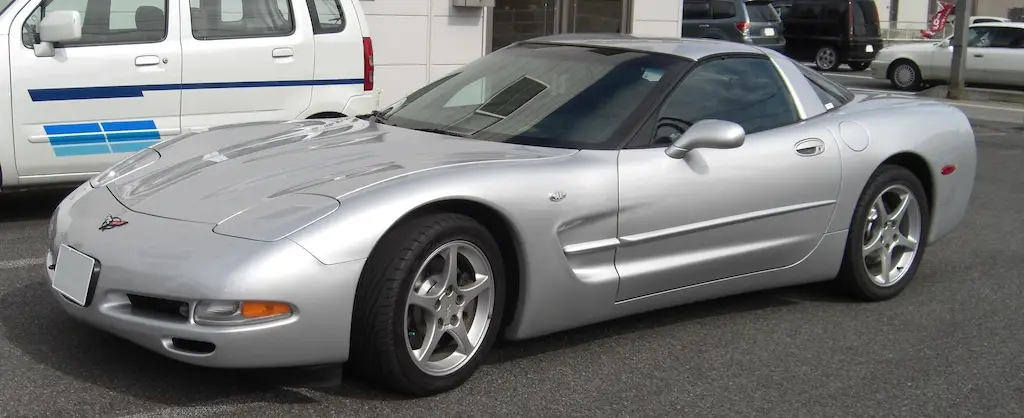
If your goal is simply to go as fast as possible for as little money as possible, then there is only one logical answer: the 1997-2004 Chevrolet Corvette C5. While I generally will not recommend American cars for normal use cases, for the absolute largest of commercial vehicles and the highest performing vehicles, they become a much more compelling option. Why is that?
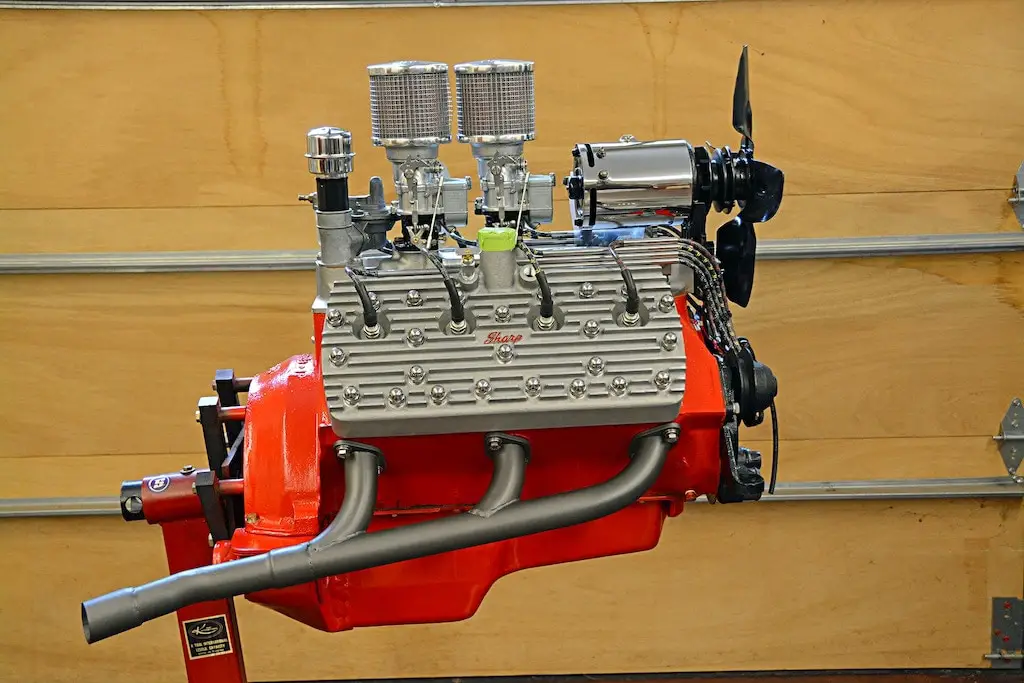
For a better part of 90 years, thanks to the Flathead V8 in the 1932 Ford introducing Americans to affordable cars with decent power outputs (more on that here), the American buying public has been hooked on the V8 engine. Just say the word V8 and most Americans will think of a fast car. This popularity is so widespread that it became the default engine used by American automakers in pretty much every one of their vehicles by 1970. Due to the fuel crisis in 1973, downsizing was a must, but the V8 brand went nowhere, and the same V8s found in American sports cars today are still commonplace in fleet vans, large family SUVs, and work trucks that are common across the country.
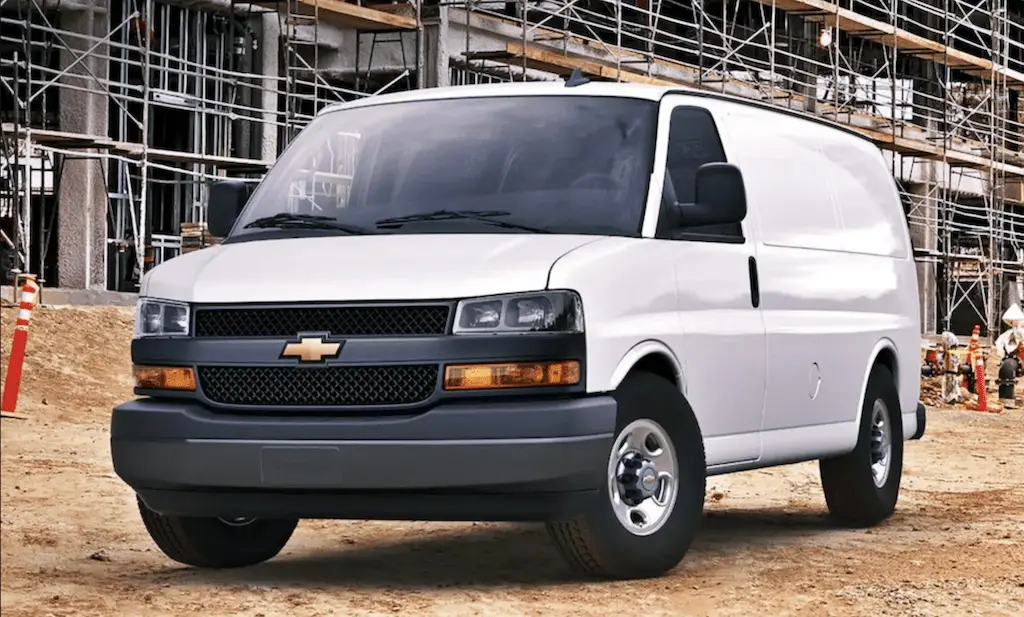
It means V8 engines are cheap, and can be found in every scrapyard in America. Of American V8s, the LS and Small Block Chevrolet have the highest degree of interchangeability. This means the a junkyard engine taken from a crashed Chevrolet Express fleet van can be upgraded with the same parts as a Camaro or Corvette, and due to the iron block, these truck engines can actually take MORE abuse and power than the sports car motors, making them a better base! This means the aftermarket is more unified, and add to that GM LS engines are physically the smallest of domestic V8s, it can be easily swapped into more cars that didn’t originally have them.
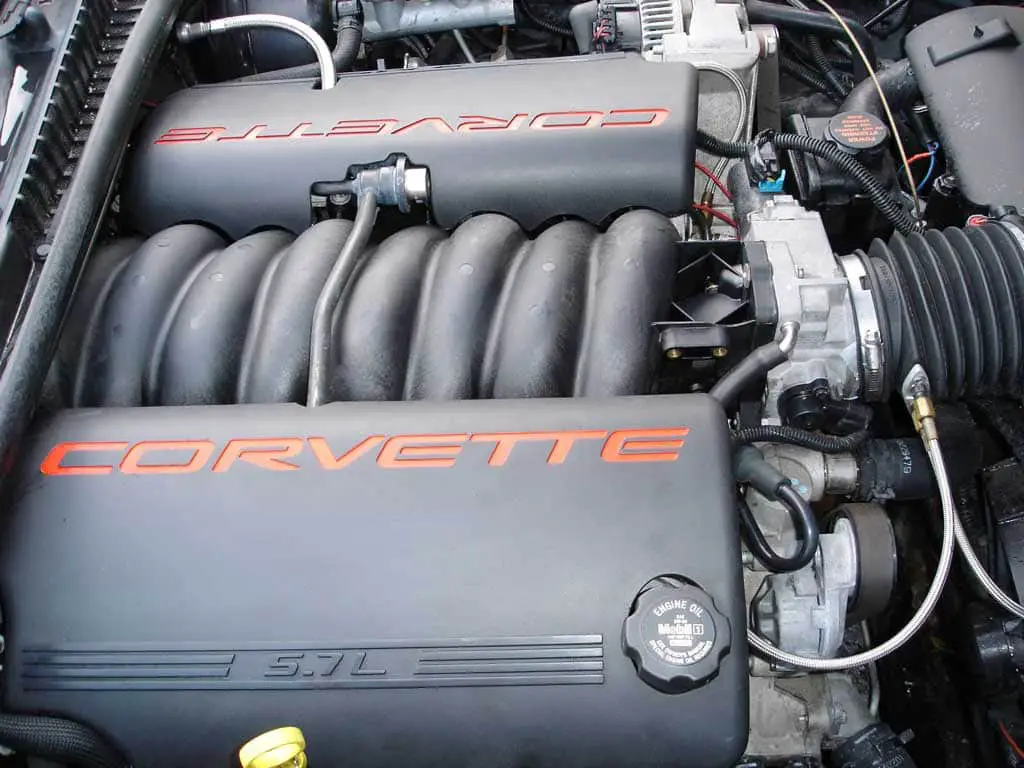
That is a moot point, as you can’t assume an engine swap was done correctly, so unless you really know what you are doing, avoid them. That brings us back to the C5 Corvette with its factory LS1 engine. Despite the massive performance potential, ones that haven’t been thrashed and are in good, low mileage condition are easy to find for dirt cheap. Why? Because boomers over the last 20 years have bought them up like opioids in middle America.
However, in 2022, grandpa’s arthritis isn’t getting any better, he can’t get around like he used to. Stepping down into his corvette is hard on his back, and using a manual is a strain on the knees. Plus, his wife BARBARA wants to free up the garage space to get a new Nissan Murano, so, after much hemming and hawing, grandpa agrees to sell the Corvette.
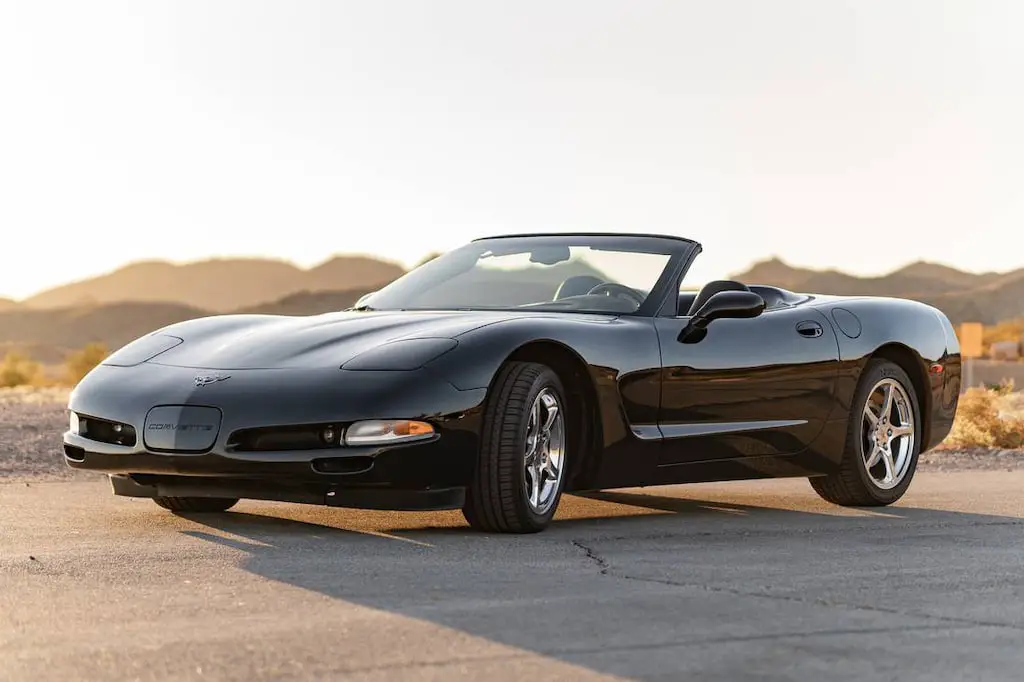
This is a story playing out throughout America, and despite grandpa insisting that his car is a collectable and will be worth something someday, every other boomer is doing the exact same thing, and that “rare” and “special” car that he babied, so did every other boomer, so good condition cars that haven’t been abused aren’t really that special in the context of the market.
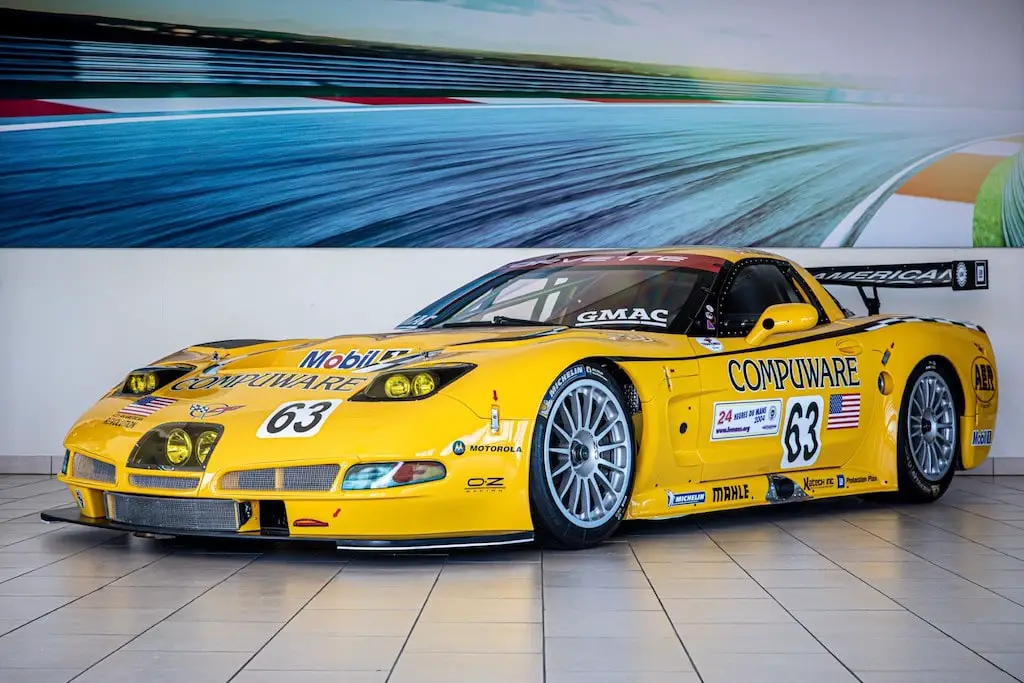
The boomer image is your gain, because the C5 Corvette isn’t just an old man’s cruiser. The aforementioned LS V8 engine makes 345 horsepower in stock form, and, given the massive aftermarket for these engines, getting it over 400 is very doable just with bolt ons, 500 if you know what you are doing.
However, given how interchangeable the LS engine family is, getting a motor to make 1000 hp is very doable, 2000+ if you are completely crazy. Plus, both the 4L80 automatic and the T56 manual transmissions are sturdy and can take the additional power. With independent rear suspension and 3200 lbs or curb weight stock, it is no slouch in the corners either, making it a car that has a rare combination of solid internals, good handling, and a huge aftermarket.
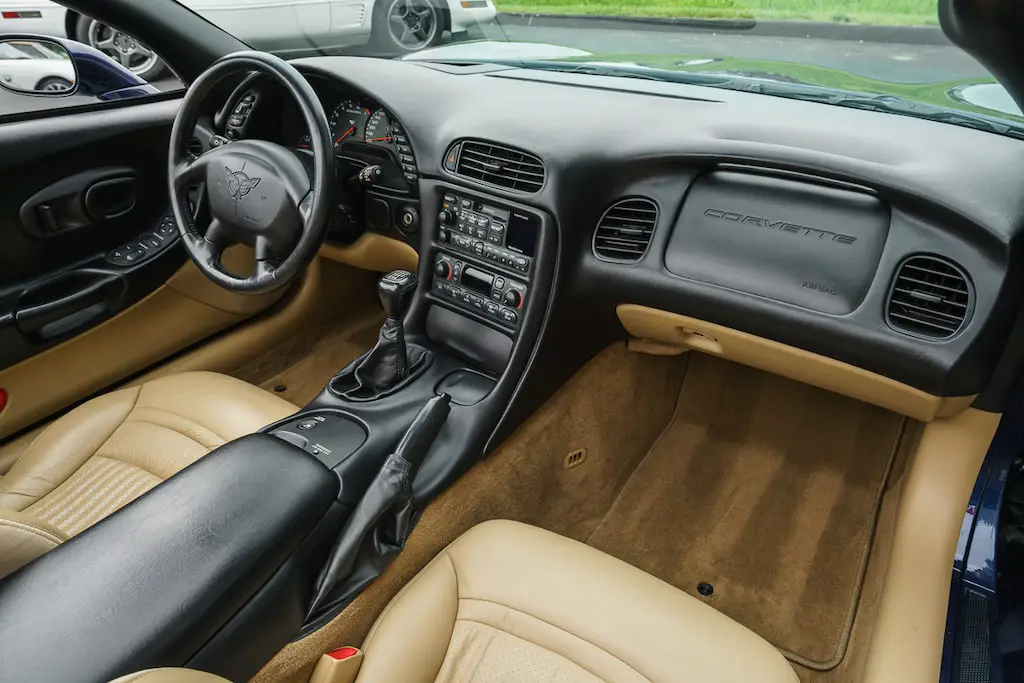
The C5 Corvette isn’t perfect though. The interiors are typical 90s GM, which is cheap feeling and awful even by the standards of the time. Nowadays, it is less a car interior, more a practical joke. However, the goal here is horsepower per dollar, and if you want maximum performance, weight reduction (i.e. removing all the interior plastics and such) is very much on the table. The seats also are pretty bad, so consider getting nice aftermarket buckets for your own sanity. Also, watch out for leaking batteries, electrical issues, and water intrusion from the removable T-top roof. Given their common nature though, finding help with any of these issues, people to work on them, performance parts, and pretty much anything is a breeze.
Good C5 Corvettes can still be easily found for under $15k. If you want the lighter weight Z06 model with the stronger LS6 motor, budget around $25k. However, for me, the performance potential of the base model is high enough to not warrant the price difference, so it is the one to get.
Overall, the 1998-2004 Chevrolet Corvette is an absolute performance bargain with a massive aftermarket. It is the best value for money in terms of going fast for cheap, and parts are readily available. This is, in my view, a winning combination. Get them before the boomer stereotypes stop blinding people and send prices sky high.
Honorable Mentions
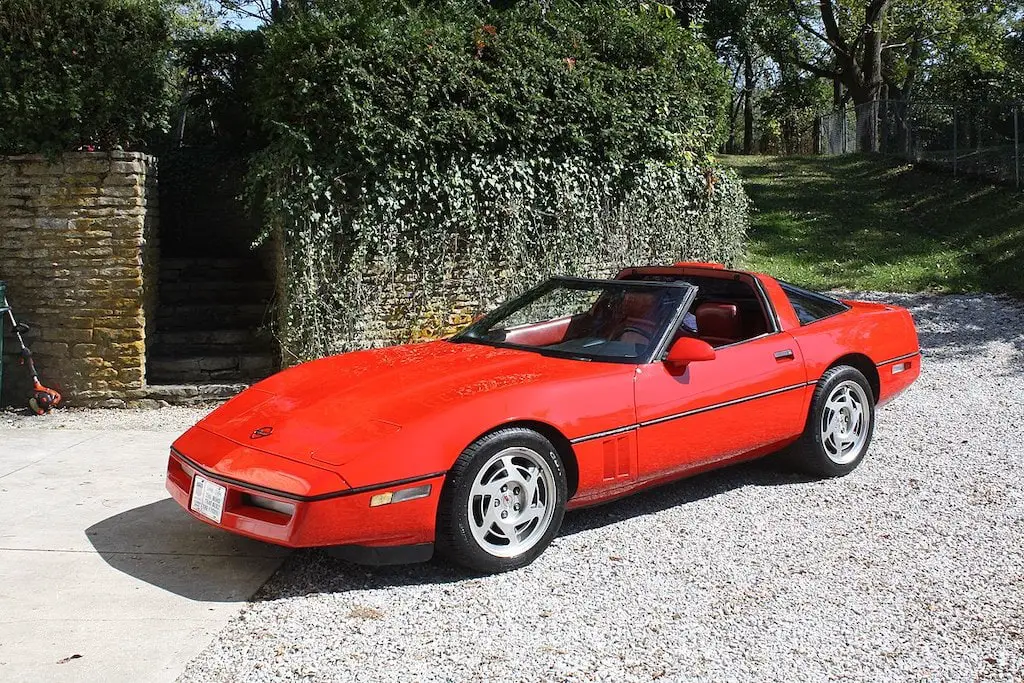
If you don’t want a 1997-2004 Corvette and still want decent horsepower per dollar, an earlier C4 (1984-1996) generation Corvette also is not a bad option. This is because the Chevrolet Small Block V8, like the LS V8, can be found anywhere for cheap (after all, they made 10 million of them). However, the C4’s interior is even worse than the C5, and the small block V8, while an excellent platform for modification, simply can’t generate as much horsepower as easily as an LS can, making it is a style vs substance debate between the two. With comparable prices for both generations on the used market, the C5 represents a better performance bargain in the horsepower per dollar ratio.
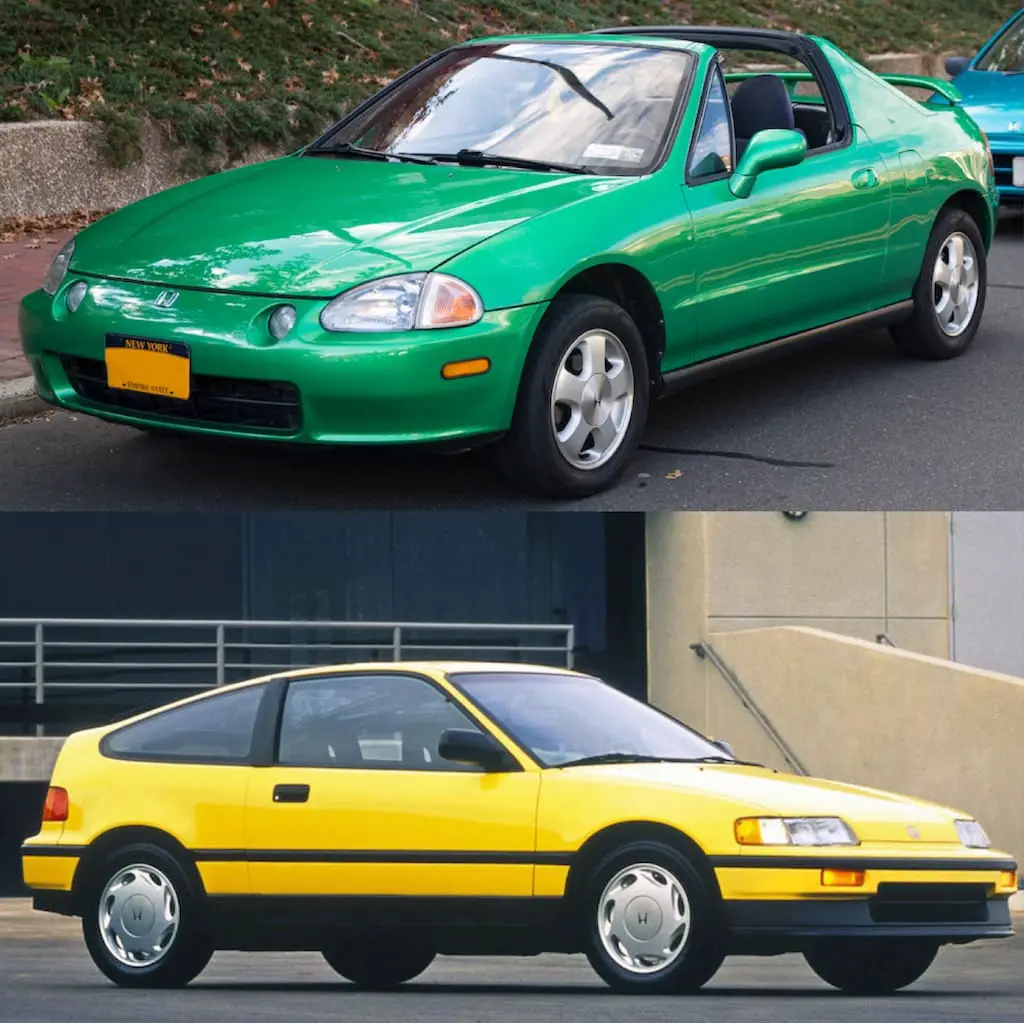
Also worth a shoutout are the Civic-based Honda Del Sol and Honda CR-X. While they don’t fit into the category of “best” since compared to the Civic and Integra Sedans, they offer less practicality, they are also great options. However, the CR-X offers only slightly less practicality than a 4th generation Civic hatchback, an aerodynamic shape, so it wins out in this comparison. The Del Sol is an excellent front-wheel drive sport compact convertible, but in its day, it lacked the appeal of the CR-X, so it has often been overlooked. Nonetheless, it is a good buy on the used market today.
Summary
What do you think? Have any of you had experiences with these cars? Let me know down in the comments below.
